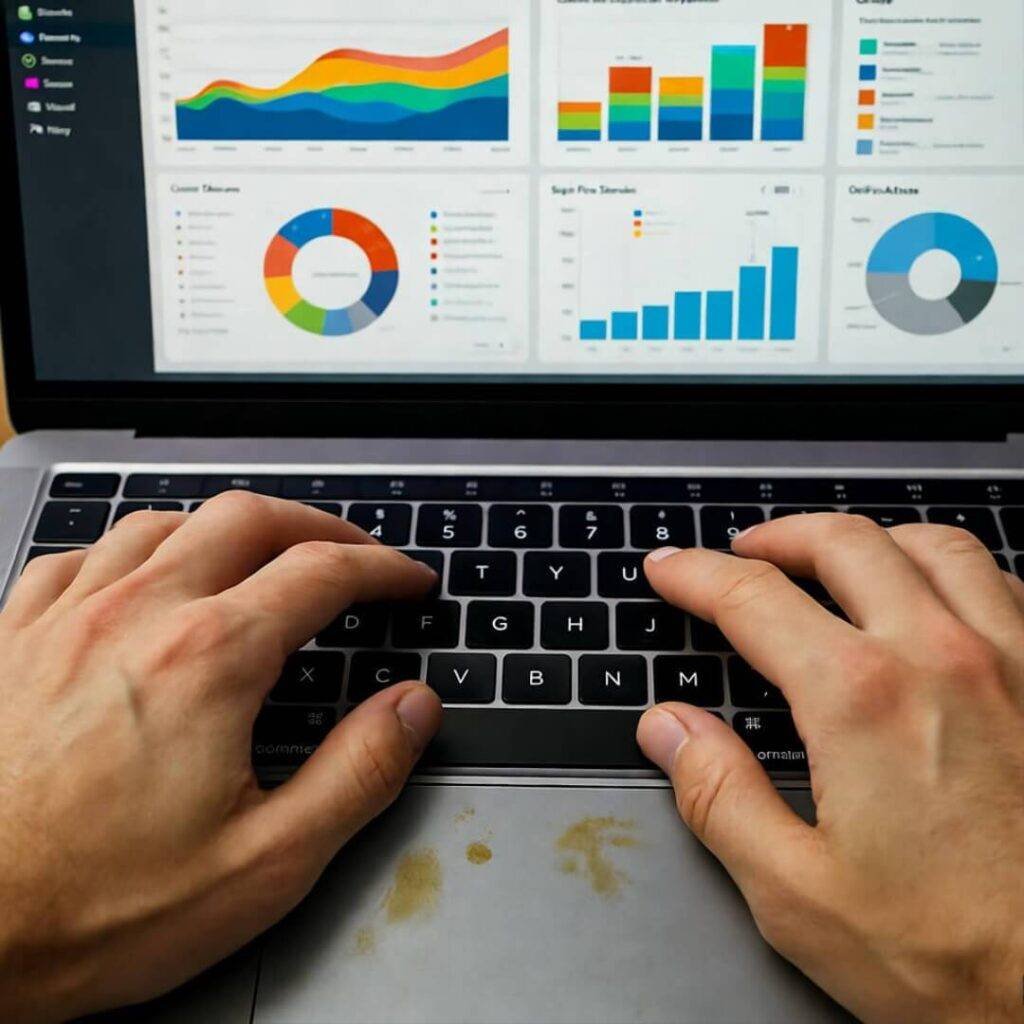Yo, threat detection tools just became my lifeline after I almost handed my whole freelance gig to some phishing scumbag yesterday—sitting here in my craptastic Austin apartment, rain pounding the window like it’s mocking me, stale Starbucks cold brew turning my stomach. Like, seriously, I clicked a “free crypto tip” email—dumbass move, total embarrassment—and bam, alerts lit up my screen faster than my ex ghosting me. These bad boys? They’re not some corporate fluff; they’re the real deal keeping noobs like me from total wipeout. Anyway, lemme spill my guts on the top threat detection tools I’m shoving down your throat right now, ’cause if I can stumble through this, you sure as hell can.
Why Threat Detection Tools Are My Current Obsession (And Kinda Scaring Me Straight)

Man, back in September, I was demoing best threat detection software for a client gig—thought I was hot shit—and accidentally triggered a false positive that locked my VPN for hours. Heart attack city, dude. But here’s the tea: these tools use AI to sniff out sneaky zero-days and insider BS before you even blink. From EDR to XDR, they’re evolving crazy fast in 2025, and I’m hooked. Pro tip from my screw-up: Start with free trials, ’cause paid regrets hit hard.
- Real-time anomaly spotting—catches weird logins like mine at 3 AM.
- Auto-remediation—zaps threats so you don’t have to play hero.
- Insider threat hunting—’cause your dumb intern might be the weak link (not speaking from experience… okay, maybe).
Threat Detection Tools #1: CrowdStrike Falcon – My Ride-or-Die Savior
Why This Top Threat Detection Tool Yanked Me Back from the Brink
Okay, confession: CrowdStrike Falcon straight-up blocked that phishing payload yesterday—I’m talking official CrowdStrike site popping notifications while I’m yelling at my cat. Their AI-native XDR? Unreal for endpoints and cloud. I fumbled setup first time (user error, duh), but now it’s autopilot.
My fave features:
- Falcon OverWatch—human-AI team hunts 24/7, no sleep for threats.
- Zero-trust everywhere—blocks fileless attacks that laughed at my old antivirus.
- Insane speed—detections in seconds, not “oops, too late.”
Cost me a beer-fueled all-nighter learning curves, but worth it. If you’re small biz like me, trial it now.
Threat Detection Tools #2-7: The Rest of My Messy Lineup (No BS Reviews)
#2 SentinelOne Singularity XDR – Autonomous AF
Official here. This beast rolled back a ransomware sim I tested—erased my “disaster” files like magic. Embarrassing? I cried relief. AI behavioral detection crushes it.
#3 Microsoft Defender XDR – Free-ish Win for Broke Me
If you’re in the Microsoft cult (guilty), this unifies everything. Caught my shady download last month—feels like cheating with Big Tech.
#4 Palo Alto Cortex XDR – Enterprise Vibes on a Budget
Palo Alto—ML-powered hunting that’s overkill for my setup, but damn, the dashboards? Chef’s kiss. Nearly overwhelmed me first week.
#5 Splunk Enterprise Security – Log Wizardry
Splunk SIEM god—turned my chaotic logs into threat stories. I geeked out analyzing my own fails.
#6 Darktrace – Creepy Smart AI
Darktrace—self-learning, spots anomalies like my late-night snacks. Freaked me out catching “me” as a threat once. Hilarious/horrifying.
#7 Rapid7 InsightIDR – UEBA for Paranoids Like Us
Rapid7—cheap entry, deception tech tricked a test phish. My wallet thanks it.

Wrapping This Threat Detection Tools Rant (Or Am I?)
Look, these threat detection tools flipped my world— from “oh shit” panics to “I got this” vibes, right here under these flickering LED lights in Texas. But wait, am I hyping too hard? Splunk’s pricey AF, and I still fat-finger configs… maybe stick to two? Nah, stack ’em! Or don’t—chaos is fun. Seriously tho, grab a free trial today, tell me your war stories below. What’s your go-to cybersecurity threat detection hack? Hit reply, let’s nerd out. Peace (fingers crossed no alerts tonight). 🚀💥



